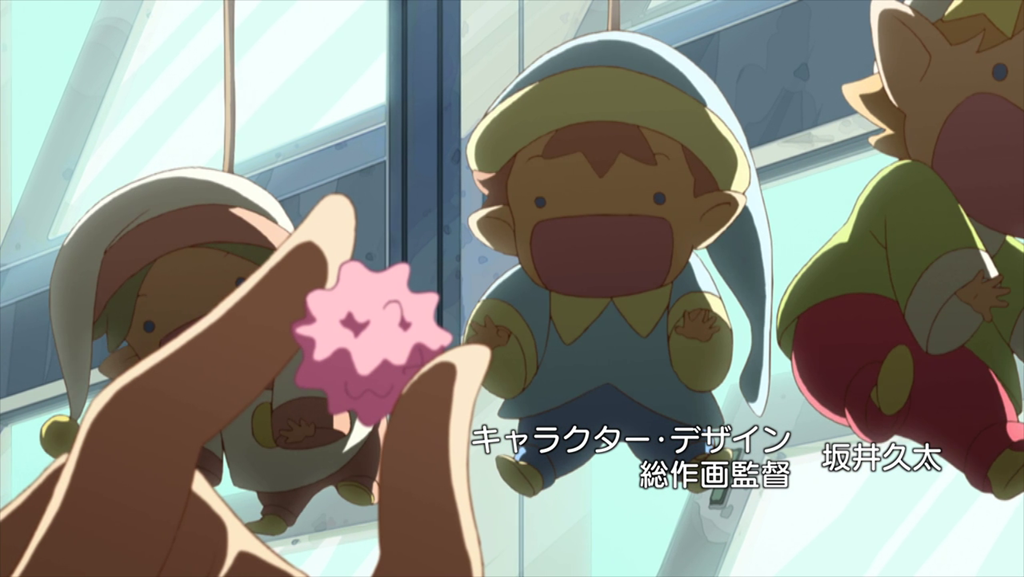I mentioned in the summer preview that Tamayura ~More Aggressive~ might be the season’s funniest title. I think many Tamayura fans can guess the reasoning behind the title, but since I heard the FAPcast guys wondering about it, there is probably no harm in elaborating.
Instead of a speech on loanwords and stuff, though, let me just translate/quote part of the “aggressive” entry from one online katakana buzzword dictionary:
(syn. assertive, proactive, offensive)
As many of you already know, this word is often used to describe positive and proactive behavior. However, dictionaries also mention a second meaning describing the offensive nature of actions or qualities.
The word is not suited to describing an attack meant to harm another person. Rather, it signifies progress in a positive and forward-looking way. A word which might be used when dealing with an indecisive and half-hearted colleague.
As you can see from the above, the basic meaning of the loanword has been relegated to little more than a footnote, which often happens with Japanese.
So unfortunately for some, there is little chance of Fuu and the other girls swinging cleavers around. They will more likely take a proactive approach to making new friends or the like.
To further dispel dreams of violent catfights, I will point out that the “aggressive” part of the title is subject to the katakana-to-hiragana override, an artistic touch meant to increase the cute factor of a word or phrase. This is a popular technique in slice-of-life titles, and I explained it in more detail in a Tamako Market post some time back.
Further yet, the show abandons the standard spelling of the “more aggressive” phrase, which would be “moa aguresshibu”, in favor of a single word where the final “a” of “more” and the initial “a” of “aggressive” melt into each other. This kind of lazy speech adds to the informal feeling of the title.
In-universe, the word “aggressive” is often used as part of a motivational chant in conversations between Chihiro and Fuu.
The initial broadcast of the second season has just began – let us enjoy it, aggressively.







